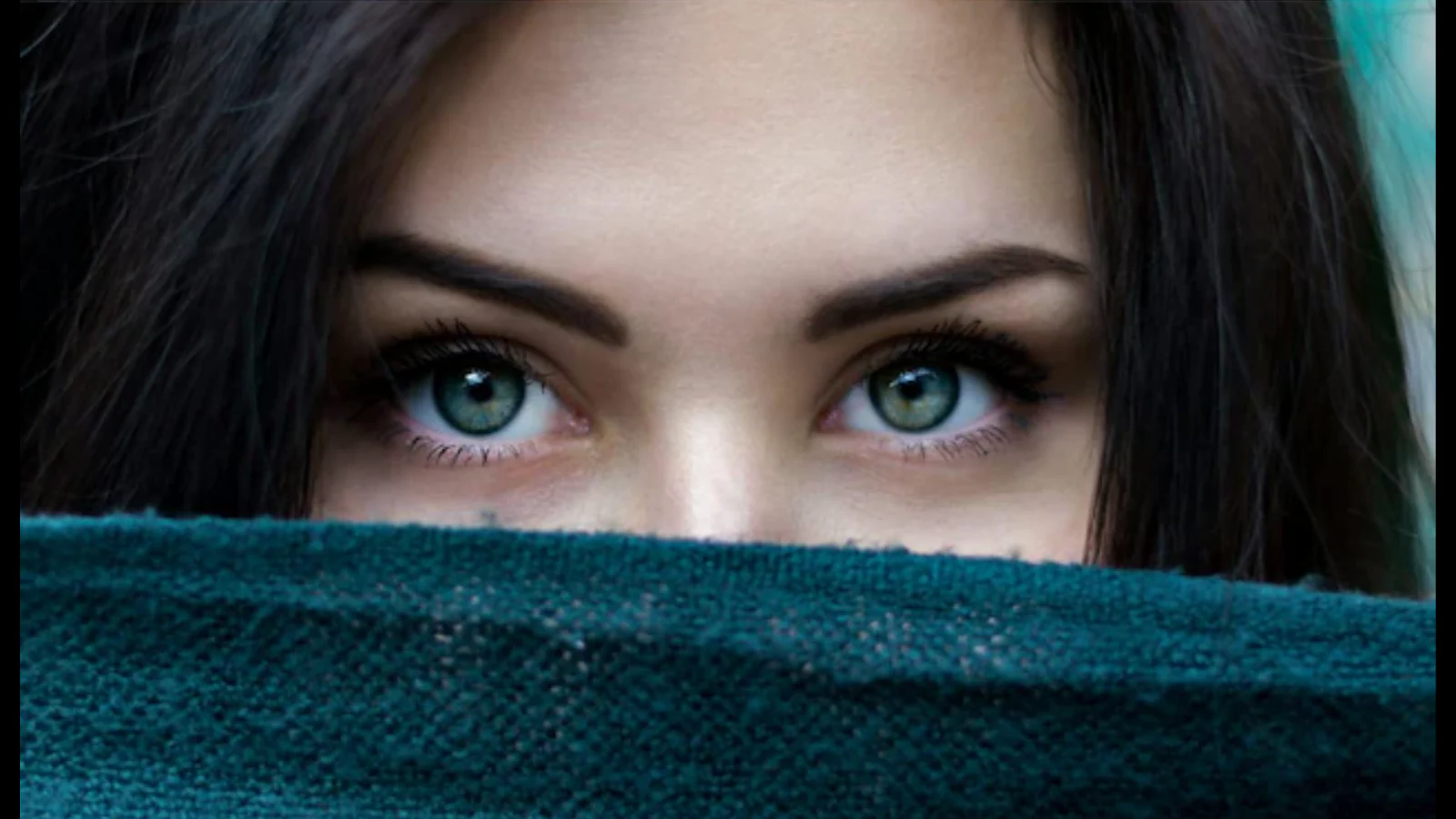By News18,Sameeksha Sharma
Copyright news18

When meeting someone for the first time, their eyes often capture attention. Dark brown, light blue, or rare green – every eye colour tells a different story. Beyond enhancing beauty, eye colour is a fascinating interplay of science, genetics, and light. It is influenced by melanin levels, light scattering, and multiple genes, making each pair unique.
Experts say studying eye colour can reveal insights about ancestry, health traits, and even personality, making it more than just a cosmetic feature.
The Role of Melanin
Eye colour is determined by the iris, the coloured ring around the pupil. The pigment melanin plays a key role: brown eyes contain high melanin, absorbing light and appearing dark, while blue eyes have very little melanin.
Their colour arises from the Tyndall effect, similar to why the sky looks blue. Green eyes result from a balance of melanin and light scattering, while hazel eyes change colour with uneven melanin distribution.
Genetics At Play
It was once believed that a single gene determined eye colour, with brown dominating blue. However, scientists now know that multiple genes interact, explaining why siblings can have different eye colours. Even children of two blue-eyed parents can be born with green or light brown eyes. Many European newborns have blue or grey eyes due to low melanin, which can darken in the first few years of life.
Changing Colours and Unique Traits
Eye colour generally remains stable in adulthood but can appear different depending on light, clothing, or pupil size. Certain medical conditions may also alter it. Heterochromia, a rare condition, causes one eye to differ in colour or the iris to appear bicoloured. Celebrities like Kate Bosworth and Mila Kunis have this condition, while singer David Bowie’s eyes appeared different due to an injury.
Cultural and Scientific Significance
Brown eyes dominate globally, especially in Africa and Asia. Blue eyes are more frequent in Northern and Eastern Europe, while green eyes occur in just 2% of the population. In India, brown and hazel eyes are common, but blue and green are considered rare and striking. Scientists note that eye colour reflects both genetics and heritage, making each pair of eyes unique.



